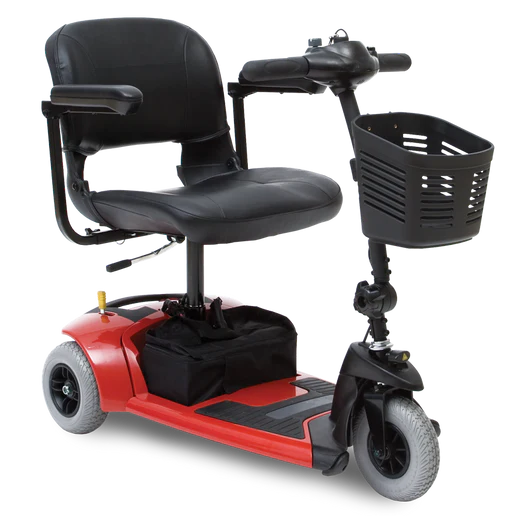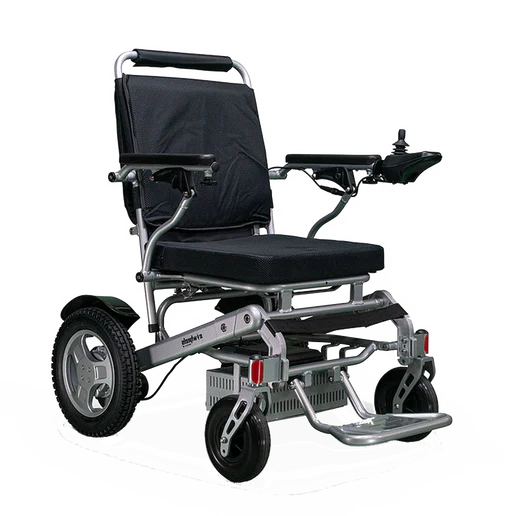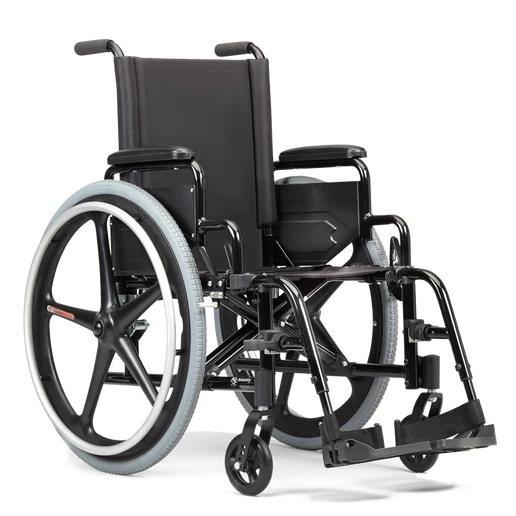In a world that values inclusivity and accessibility, the concept of living aids has gained significant attention. Living aids are tools, devices, or products designed to enhance the independence, comfort, and quality of life for individuals with various physical, sensory, or cognitive challenges. These aids are a crucial step towards breaking down barriers and ensuring that everyone can participate fully in everyday activities. In this article, we'll explore what living aids are, their types, and the positive impact they have on individuals' lives.
Understanding Living Aids
Living aids encompass a wide range of assistive devices that cater to specific needs, enabling people to perform tasks they might find difficult due to disabilities, age-related limitations, or health conditions. These aids are designed to promote autonomy and enable individuals to maintain an active and fulfilling lifestyle. They can be temporary or permanent solutions, depending on the user's situation.
Types of Living Aids
Living aids are diverse, tailored to address various challenges. Here are some common types:
-
Mobility Aids: These aids support individuals with limited mobility. Wheelchairs, walkers, canes, and mobility scooters empower people to move around independently.
-
Visual Aids: Designed for people with visual impairments, these aids include magnifiers, screen readers, and Braille devices that facilitate reading and navigation.
-
Hearing Aids: Hearing aids amplify sound for those with hearing loss, ensuring they can actively engage in conversations and enjoy auditory experiences.
-
Daily Living Aids: These aids help with everyday tasks. Examples include reachers/grabbers, adapted utensils, and dressing aids for individuals with limited dexterity.
-
Communication Aids: For those with speech or communication difficulties, augmentative and alternative communication (AAC) devices enable them to express themselves effectively.
-
Cognitive Aids: Cognitive aids assist individuals with memory or cognitive challenges. These might include medication reminders, task schedulers, and memory aids.
-
Environmental Control Systems: These devices enable individuals to control their living environment, including lights, appliances, and security systems, using alternative methods like voice commands or switches.
-
Adaptive Sports Equipment: Designed for individuals with disabilities, these aids facilitate participation in various sports and recreational activities, promoting a healthier lifestyle.
Positive Impact on Lives
The impact of living aids goes beyond the physical realm. They can significantly improve individuals' overall well-being by:
-
Promoting Independence: Living aids empower individuals to perform tasks that might otherwise be challenging, fostering a sense of self-reliance and boosting confidence.
-
Enhancing Quality of Life: By enabling participation in daily activities, social interactions, and hobbies, living aids contribute to a more fulfilling life experience.
-
Reducing Dependence: For caregivers, living aids can alleviate some responsibilities, allowing them to focus on providing emotional support rather than performing tasks.
-
Fostering Inclusion: Living aids facilitate inclusion in various settings, such as schools, workplaces, and public spaces, ensuring that people with disabilities can actively participate.
-
Boosting Mental Health: Increased independence and participation can lead to improved mental well-being and reduced feelings of isolation.
Choosing the Right Living Aid
Selecting the appropriate living aid requires considering individual needs, preferences, and the advice of medical professionals or therapists. Additionally, understanding the device's features, maintenance, and training requirements is essential for optimal use.
Conclusion
Living aids are a testament to human innovation and compassion. They represent society's commitment to creating a more inclusive world where every individual has the opportunity to lead a full and meaningful life. By embracing living aids, we not only empower those facing challenges but also enrich our collective experience by embracing diversity and promoting equality.


